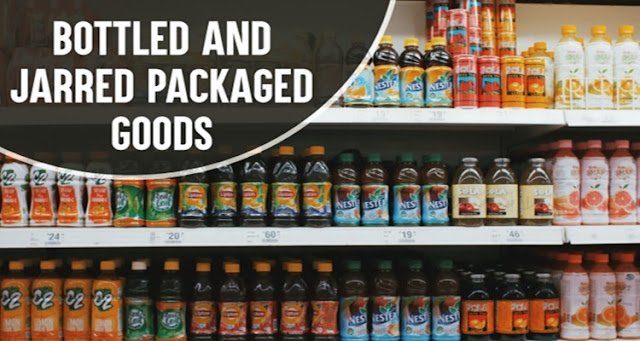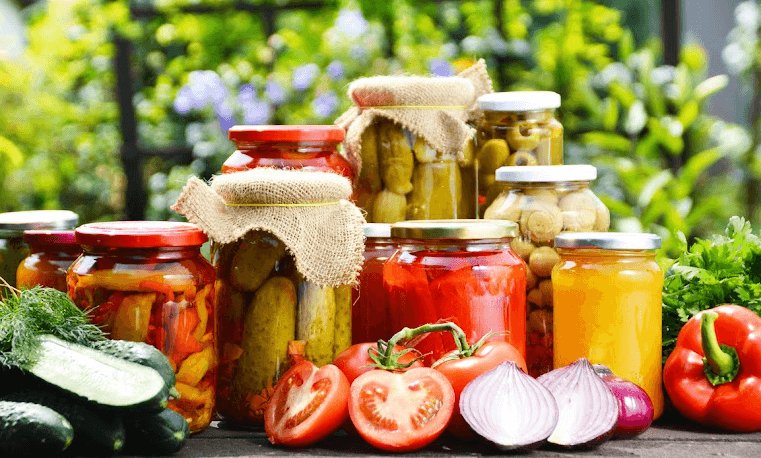Bottled and jarred packaged goods can be a convenient alternative for those who don’t have the time to prepare their meals. However, check the added sugar and sodium labels when selecting these products. You should try to choose products with the lowest amount of sodium or sugar. If these are high, they could lead to nutritional deficiencies. These products have gained widespread popularity, largely due to their convenience and the fact that many people lead active lifestyles and don’t have time to prepare their meals.
Cost of bottled and jarred packaged goods
Bottled and jarred packaged goods are increasingly popular with consumers. They are a healthy and environmentally friendly option over ready-to-eat food and can be cheaper in the long run. The cost of bottled and jarred goods is based on several factors. These include personal preference, budget, and personal opinion about the environment. Listed below are the pros and cons of each type of packaging.
Packaging a bottled or jarred product requires resources to manufacture. Name-brand items may be cheaper than generic brands but come at a premium price. In addition, bottled goods are bulky and difficult to transport. Therefore, you should be aware of the cost before you buy.
Bottled and jarred packaged goods are convenient to use and are environmentally friendly. The containers are recyclable and do not cause air pollution. Jarred packages are also much cheaper. Jars are also easier to carry and are easier to refrigerate.
Convenience
Bottled and jarred packaged goods are popular for most consumers when storing food and liquids. They provide several benefits and are convenient alternatives to canned goods. Bottled and jarred goods have been used for a long time, dating back to the ancient Egyptians.
The jar and bottle industry is huge, with a market worth over $3 trillion by 2020. The beverage industry dominates this market, accounting for over two-thirds of its value. The convenience of packaged goods is an important factor in their popularity, but consumers should also be aware of the hidden dangers of these products.
Although bottled and jarred foods are safe for human consumption, they must be stored properly. This includes reheating before eating them. Moreover, many packaged goods use artificial flavors, negatively affecting human health. Some artificial flavors can cause allergies, lung cancer, heart disease, and stomach pain. Furthermore, packaged food can contain toxins, which can harm the body.
Environmental impact
Packaged goods are popular because of their convenience and affordability. Modern lifestyles don’t allow much time to cook, and packaged food and beverages keep fresh for extended periods. Additionally, many of these goods can be recycled. In addition to these benefits, packaged goods can impact the environment.
Bottled and jarred goods are not only convenient, but they also contribute to a cleaner environment. These products are often cheap and sold in bulk. They are also easy to find, available in most supermarkets, and have a longer shelf life than canned goods. Jarred packaging also uses ingredients that can be recycled, extending its life span.
Both bottled and jarred packaged goods are popular across the world. However, some bottled foods are more environmentally damaging than others. Some plastic bottles are made from non-biodegradable materials. Bottled goods also often have to be reheated, which is not great for the environment. Jarred packaged goods are a better option for those concerned about their choices’ environmental impact.
Durability
Unlike traditional plastic bottles, jarred packaged goods can be reused. They also take up less space than the original packaging, which is a benefit. However, they can be expensive to buy in bulk. Also, they may not last as long as other packaged goods if not stored properly.
Jarred packaged goods come in different shapes and sizes and can be made of glass or plastic. Glass bottles are most commonly used for packaging alcoholic beverages and wine. However, they are also used for packing condiments and foods. Glass bottles are easy to clean but heavy and can break easily. Therefore, it is important to check the label carefully before consuming them.
Plastic bottles are popular because they are inexpensive, durable, and flexible. However, they tend to pollute the environment. Because they are not recyclable, plastic bottles occupy most of the landfill space. They also release harmful chemicals into the environment. Jars, on the other hand, can be easily recycled.





